Visiting India is like entering Wonderland and falling down the rabbit hole. Suddenly, you’re in a world where nothing makes sense and everyone talks in riddles. Up is down. Down is up, and a head bobble can mean anything. If India is in fact Wonderland, then Munnar is its tea party. If you’re in the area, you absolutely must visit a Munnar tea plantation.
I’d been having a constant struggle with India. You can read about my mishap at Periyar National Park and my experience at the Chinese fishing nets. For some reason, I couldn’t figure out how India works. Every single thing felt like a challenge. Arriving in Munnar seemed to prove no different.
The drive to Munnar Tea Plantation
We asked our cab driver 15 times if he knew our hotel. “Yes. Yes. Nice hotel. Yes. I know.” On route, we discovered otherwise. After calling the hotel and having them explain their exact location, the cab driver pulled over in the middle of nowhere on a mountainside repeating the phrase “end payment.” After 15 minutes of trying to figure out what this meant, we realized he was charging us more, and he wouldn’t start driving until we agreed to pay a hefty premium. We had no choice but to agree.
Had the car not started moving at that moment, I’d have gotten out and screamed into the abyss of tea trees. My patience for India was wearing dangerously thin. Luckily, the car moved down the winding road, narrowly avoiding hitting every oncoming car on the single lane meant for two-way traffic. The threat of falling over the cliff was too close for comfort. Yet, the views were so spectacular.
Tea tree plantations stretched for miles over rocky mountain terrain. The trees were an overly saturated green that radiated after a light rainfall. The mountains pushed toward the sky as clouds wrapped around them like soft blankets of cotton. India had a constant back and forth of giving and taking. One moment you wanted to cry out of defeat and the next your jaw dropped at it’s indescribable beauty. The scales always leaning heavily one-way or the other.
Munnar is a land known almost exclusively for its tea. The economy here thrives off of making some of the best tea in India, and you can tell the local people pride themselves on it. Upon arriving at our hotel, we were greeted with cold face towels, dates, and of course fresh tea. As if the staff knew exactly how difficult our trip had been.
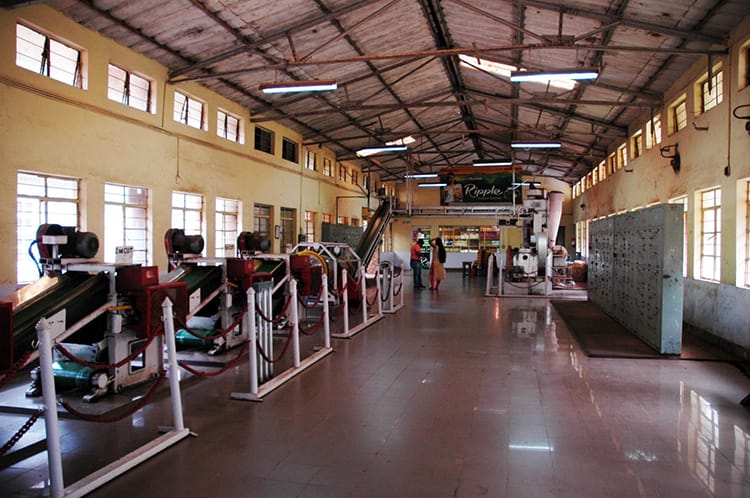
Tata Tea Museum in Munnar
(KDHP Museum)
We decided to take it easy our first day and visit the Tata Tea Museum. Set away from the plantation of the same name, the tea museum is filled with the history of the area and the booming tea industry. Although the museum is nice, it was the documentary that won me over.
When the British originally came to the area, they had asked to use the mountain range for agriculture. The local government agreed since they believed the land would not be good for growing anything. After struggling with a few different crops, they realized that tea thrived on the otherwise useless land.
The company began hiring locals and building up the economy. Eventually, they hired their worker’s wives to pick tea in the fields creating multiple income families. Before it was even required, the company offered free healthcare, maternity leave, day care, and other benefits to its workers. As time went on, they built power plants for electricity, schools, hospitals, and dams for the nearby lakes.
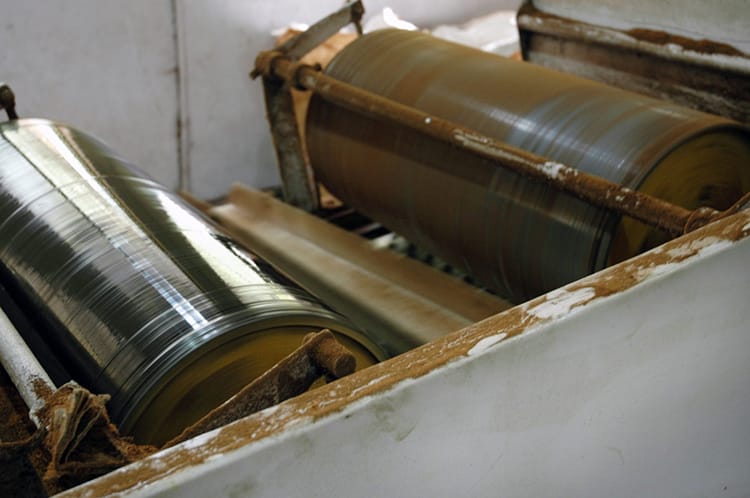
The really incredible thing is that they never planted on two thirds of the land so that they could preserve the wildlife and maintain the indigenous cultures that lived nearby. The company had a strong belief in maintaining the culture and the environment. Eventually, they even offered their employees shares. Now, every employee is a shareholder of the company their ancestors helped build. It’s a really beautiful story.
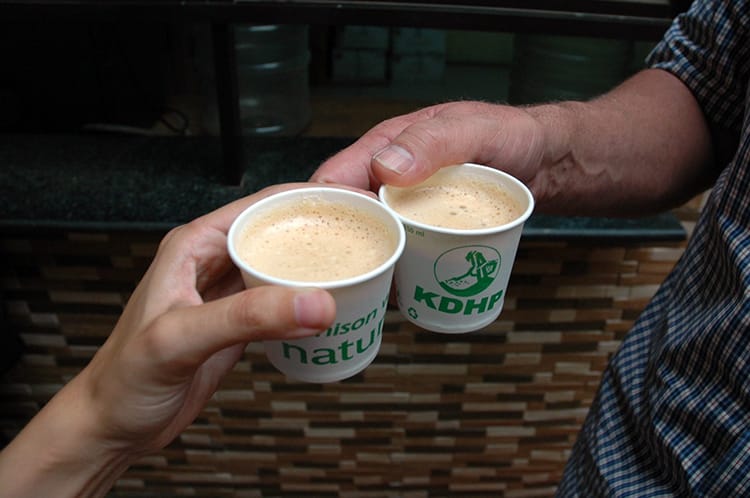
After the video, we were shown the process of making tea. It included a lot of machinery, most of which I didn’t understand. The most intriguing part was that all tea comes from one plant. White tea comes from the newest leaves of the tea tree. Green tea comes from the leaves in the middle of the plant, and black tea comes from the oldest leaves at the bottom. I always thought that each type of tea came from a different type of tea tree. Mind blown.

Kolukkumalai Tea Plantation in Munnar
On another outing I decided to go to the highest tea plantation in the world. At an elevation of almost 8,000 feet is Kolukkumalai (Say that three times fast). The Kolukkumalai Tea Plantation is about as hard to get to as it is to spell. Most websites advertise it as an, “Off road jeep experience. Not good for people with back and neck pain.” Something I’ve learned in Asia is that safety regulations do not have high standards, so when a tourism company feels the need to mention safety, you should take it seriously. I can tell you right now they aren’t kidding about the rough terrain.

Kolukkumalai Tea Plantation is about two hours outside of Munnar. Once you arrive, the smooth (by Indian standards) paved road disappears and is replaced by uneven jagged rocks. The only way to scale this “road” is with a jeep. Fortunately, I had a great driver who checked in with me a few times to make sure I hadn’t been injured. After what felt like an hour, but was probably closer to 30 minutes, we arrived at the viewpoint.
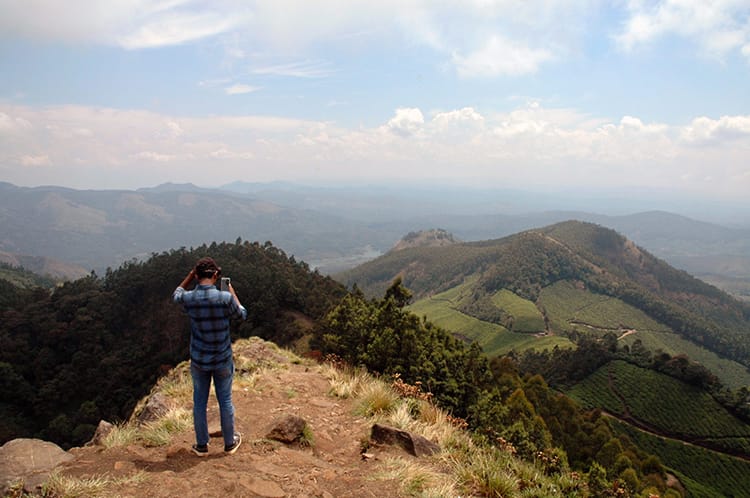
I had taken cars to a few places in Munnar throughout the week, and the drivers always sat back, relaxed, and waited patiently until I returned. This time was different. Seejo (my driver) hopped out of the car and said, “This way Miss.” I followed him and couldn’t help but smile when he took out his phone to take photos of the view. Even the locals weren’t immune to its beauty.
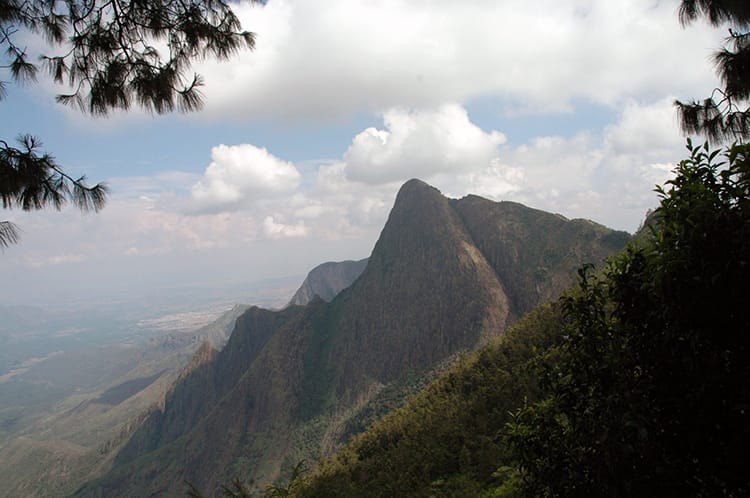
Before us were some of the highest mountains I’d ever seen in person. Beyond them lay miles of tea trees that vanished in the distance. I’d never truly understood the saying “as far as the eye can see” before, but ahead of us, trees were too small to register and everything just sort of blended into the sky in the distance. I could barely distinguish the ground from the clouds.
After taking some selfies with the locals (selfie culture is huge in India and foreigners are like celebrities) we returned to the car. Another fifteen minutes later, we arrived at the tea factory. I joined an existing tour group and learned even more about the tea making process.
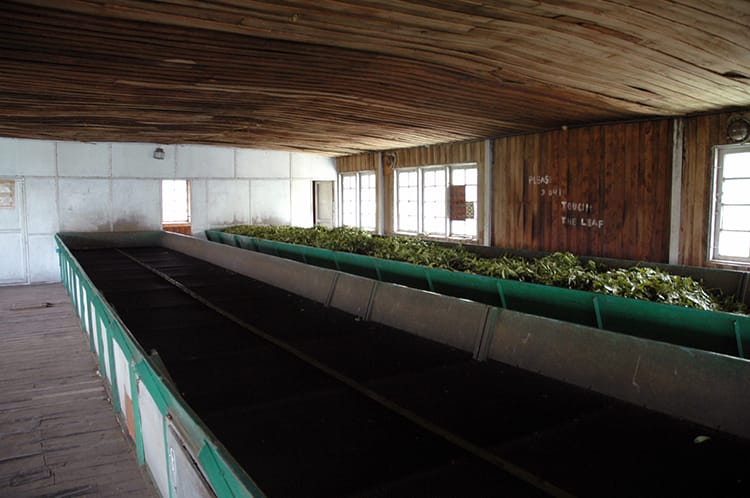
Each type of tea leaf has different health benefits and levels of caffeine. White tea is good for people with cardiovascular problems. It’s also the most expensive as the leaves are the smallest and newest of each plant. Green tea is thought to be good for brain function, while black tea has the highest level of caffeine. Flavors like jasmine are added during the process for variety.
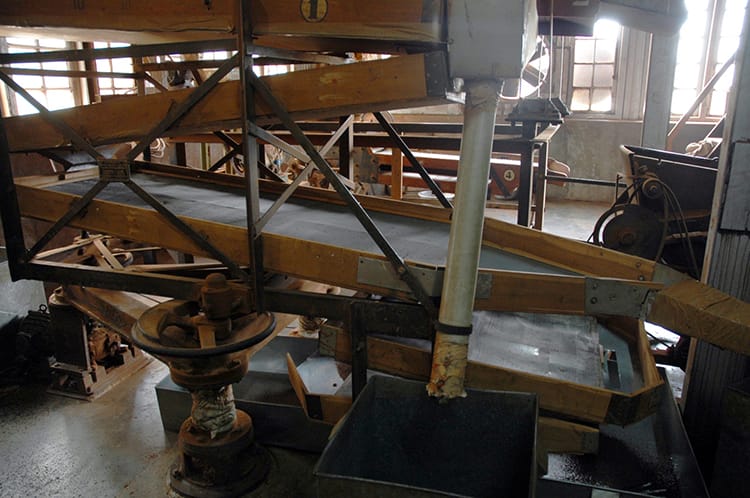
We saw each of the rooms where the leaves are treated. Most of the machinery looks like it’s still there from the early 1900s. Once the leaves have been dried and cut, they are sorted. A giant sifter separates it into four different sizes. The smallest cut, also known as dust, is the cheapest since it is the lowest quality. The larger chunks are the most flavorful and are therefore the most expensive.
You can book a tour at Kolukkumalai here.
I can’t believe how much there was to learn about tea, and how much goes into making a single cup. I have a whole new appreciation for a drink that I’ve always loved, but maybe took for granted. The Munnar tea plantation tours made me wonder about all the other products in my life… How are they made, and where do they come from? There’s so much to learn!
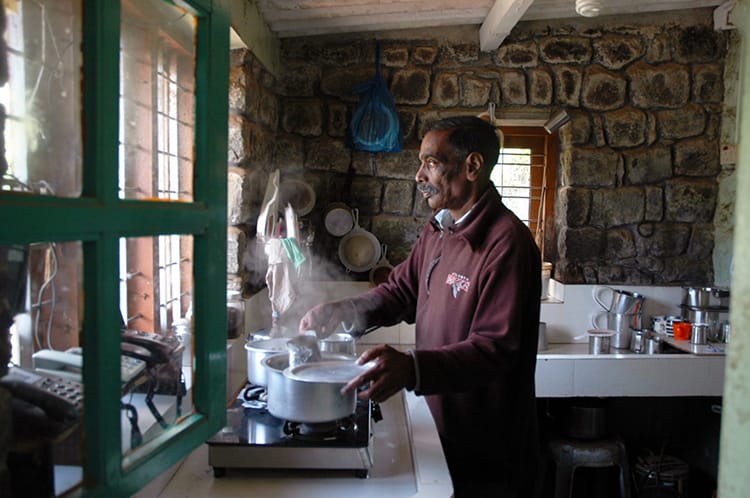
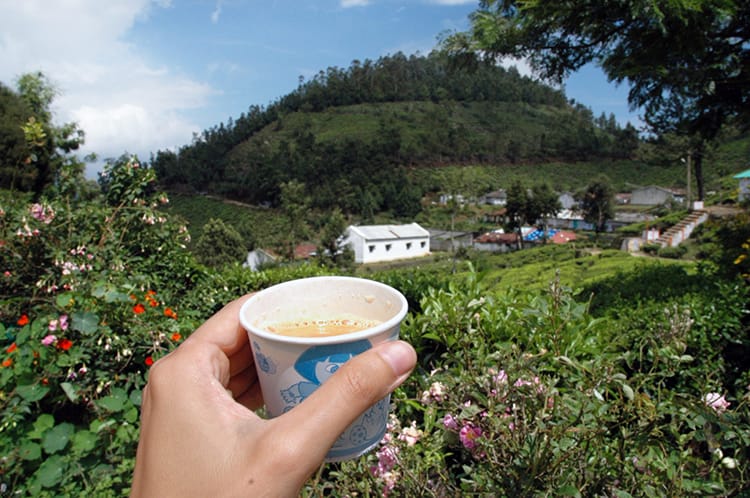
Planning a visit to the Munnar tea plantations? Ask any questions in the comments
You might also like…

Michelle Della Giovanna
Writer at Full Time Explorer
I’m just your average New Yorker who quit her job in the fashion industry to explore the world. Come find out what it’s like to trade in five-inch heels for squat toilets.
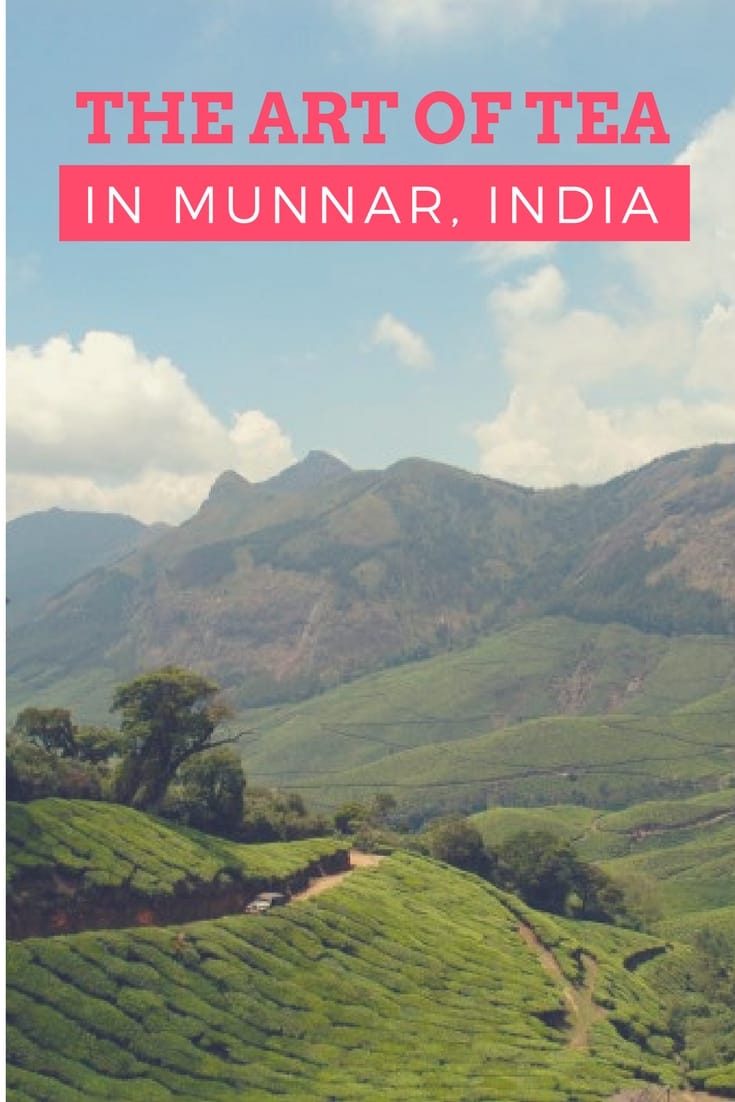
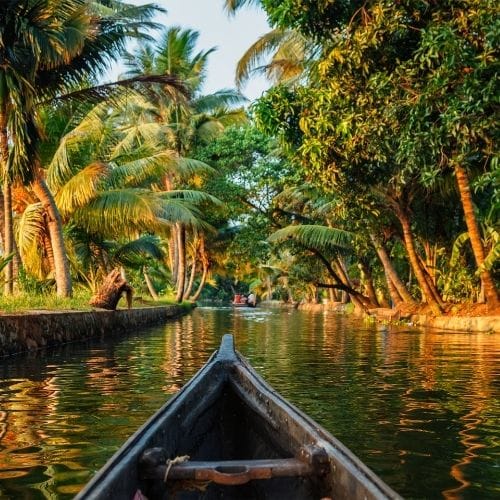
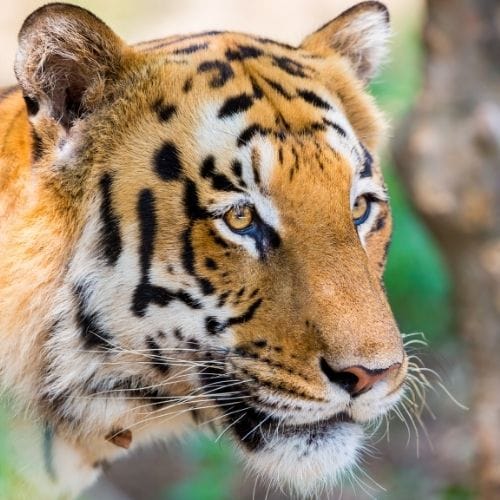

Leave a Reply